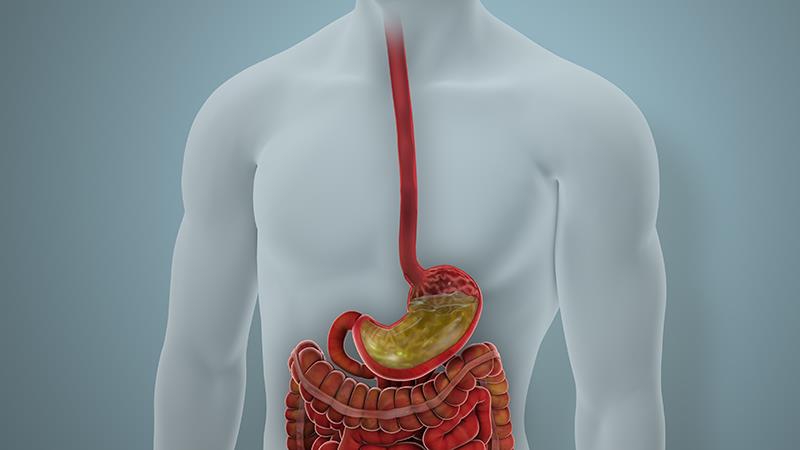Vonoprazan trumps PPIs for treatment of grade C/D esophagitis





Treatment with vonoprazan, a potassium competitive acid blocker (P-CAB), successfully starts and sustains the healing of Los Angeles (LA) grade C/D esophagitis as compared with proton pump inhibitor (PPI) and has moderate short- and long-term safety, according to a study. On the other hand, other P-CAB therapies need more evidence to prove their advantages.
“LA grade C/D esophagitis is a severe manifestation of gastroesophageal reflux disease that require active treatment and close follow-up,” Zhuang said. “P-CABs are promising alternatives to PPIs,” said lead author Dr Qianjun Zhuang, Department of Gastroenterology and Hepatology, First Affiliated Hospital of Sun Yat-sen University, Guangzhou, China.
Zhuang and colleagues performed a systematic literature search using the databases of PubMed, Medline, and Cochrane Central Register of Controlled Trials. They identified randomized controlled trials that reported the efficacy of P-CAB and PPI in the treatment of grade C/D esophagitis.
The estimated effect of each comparison was summarized using pooled risk ratios and risk difference with 95 percent credible intervals. Finally, the surface under the cumulative probability ranking score was used to rank the benefit of treatments.
A total of 5,876 articles were identified in the database, of which 24 met the eligibility criteria. Eligible studies incorporated three P-CABs (vonoprazan, tegoprazan, and keverprazan) and six PPIs (lansoprazole, esomeprazole, omeprazole, rabeprazole extended-release [ER], pantoprazole, and dexlansoprazole). [Am J Gastroenterol 2024;119:803-813]
Of the treatments assessed, vonoprazan 20 mg topped the list in initial and maintained healing of grade C/D esophagitis (surface under the cumulative probability ranking score, 0.89 and 0.87, respectively) based on the failure to achieve mucosal healing.
In terms of safety, vonoprazan showed similar risks of incurring adverse events (AEs), severe AEs, and withdrawal to drug when compared with PPIs.
“For those who attempted lower maintenance treatment dose, 10 mg of vonoprazan q.d. was a reasonable choice, considering its moderate efficacy and safety,” Zhuang said.
Specifically, vonoprazan 10 mg (SUCRA, 0.50) ranked higher than esomeprazole 20 mg (SUCRA, 0.44), lansoprazole 15 mg (SUCRA, 0.24), and pantoprazole 20 mg (SUCRA (0.22) in maintained healing analysis, with moderate safety as indicated by the safety ranking analysis.
Notably, most of the endpoints in the eligible studies were 24 weeks, and long-term follow-up is warranted to assess the efficacy and safety of P-CAB, Zhuang said.
PPI failure
Treatment with PPI is recommended in the first-line setting for patients with erosive esophagitis, but LA grade C/D esophagitis have lower rates of mucosal healing than the milder disease when given the same dose of PPI. [Aliment Pharmacol Ther 2011;33:203-212]
Several factors are associated with treatment failure of PPI, which include incomplete acid control, inappropriate administration time, and CYP2C19 metabolism. [Curr Treat Options Gastroenterol 2018;16:570-590]
The recommended administration time of PPI is 30‒60 min before any meal. Inappropriate dosing time could weaken the antisecretory effect of PPI, according to a previous study. [Am J Gastroenterol 2022;117:27-56]